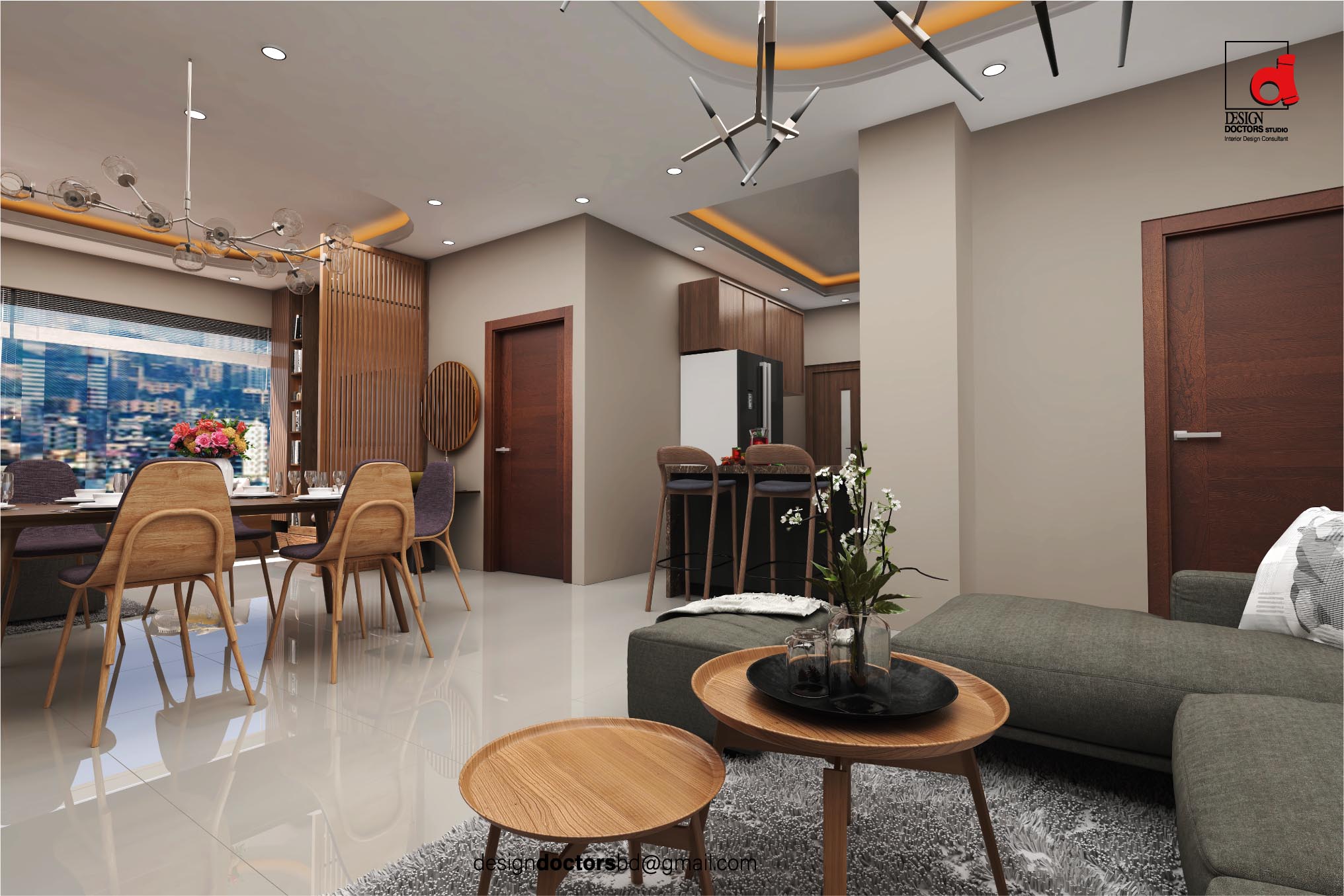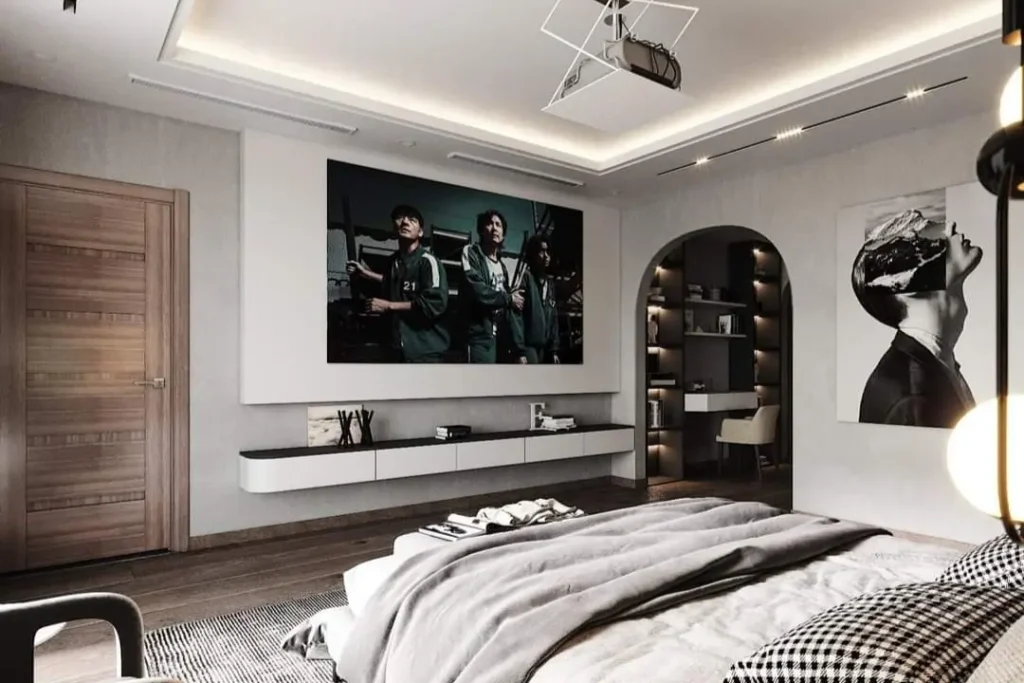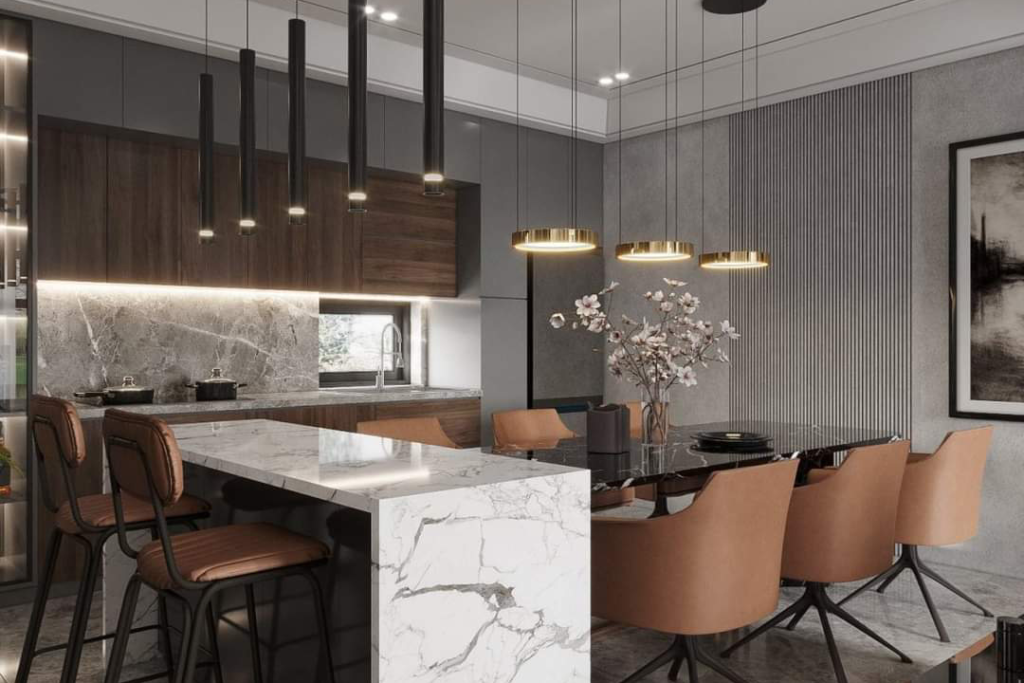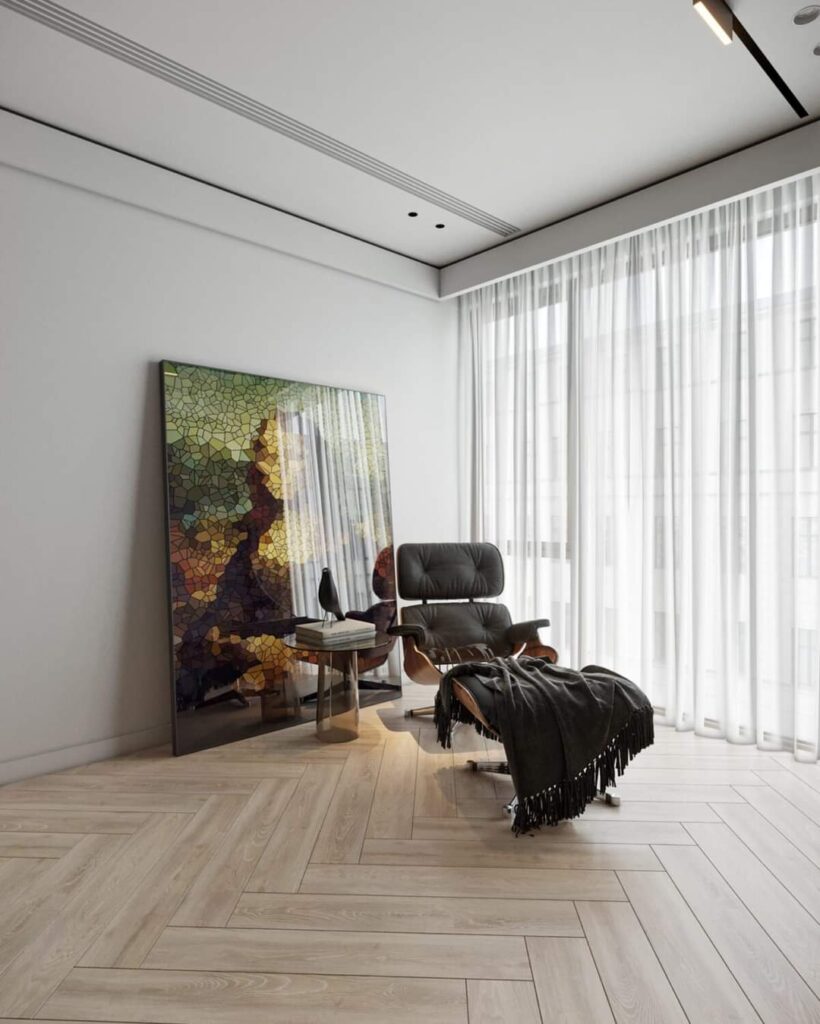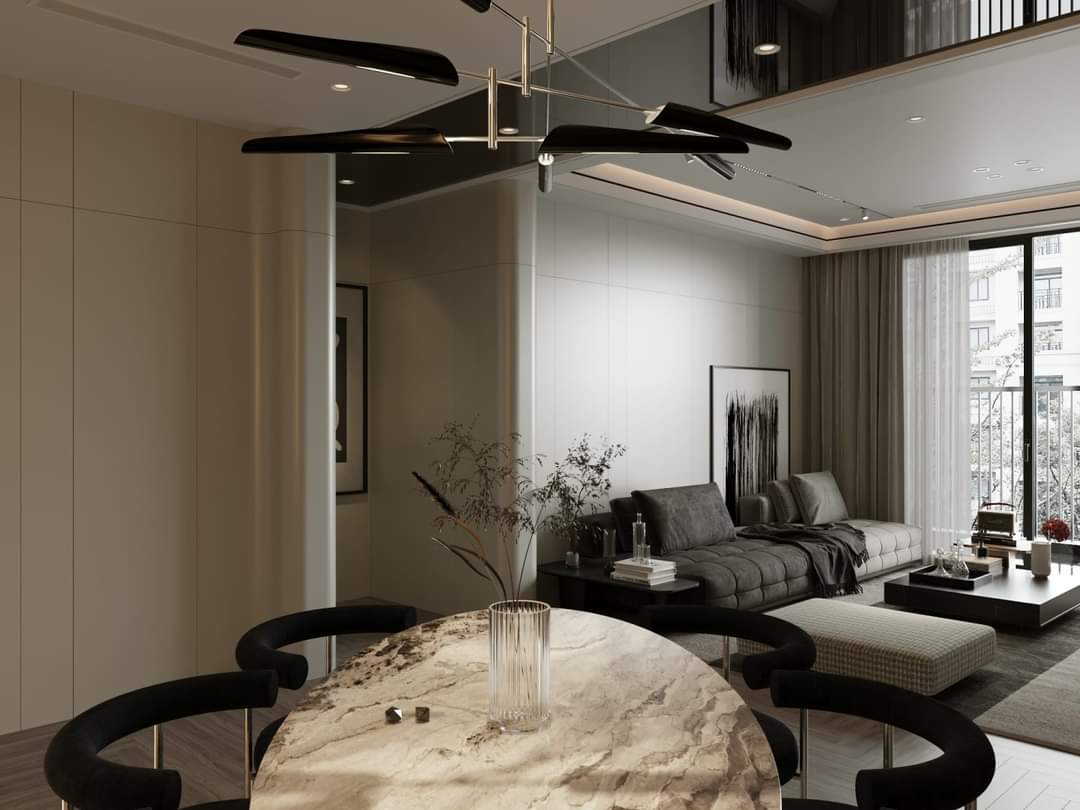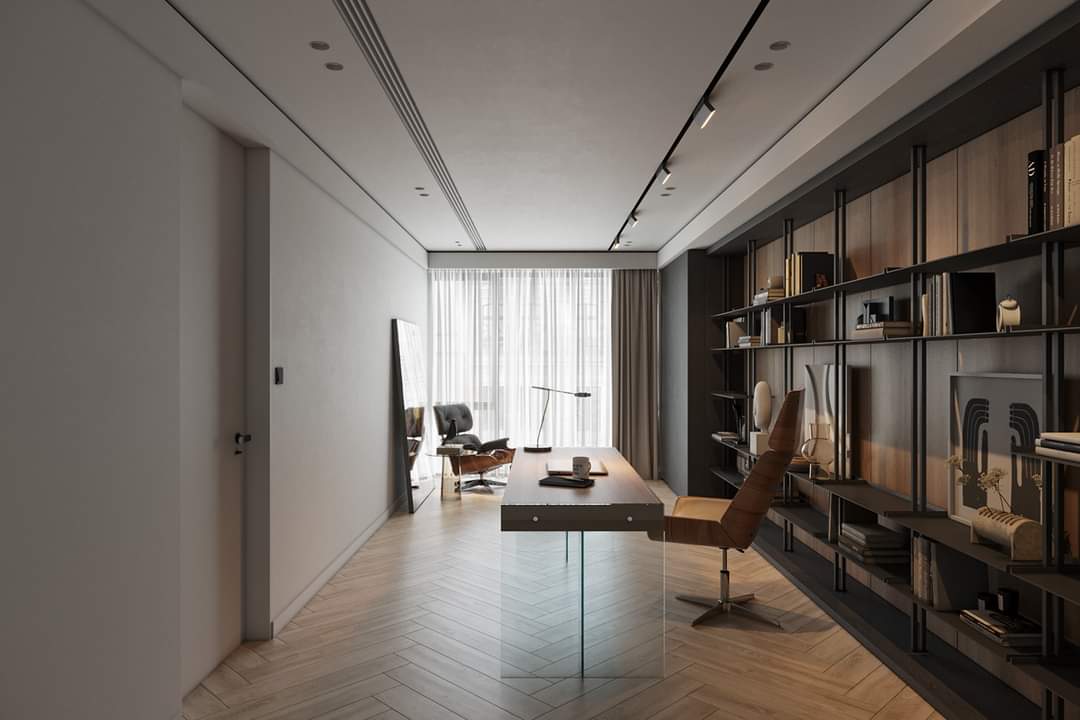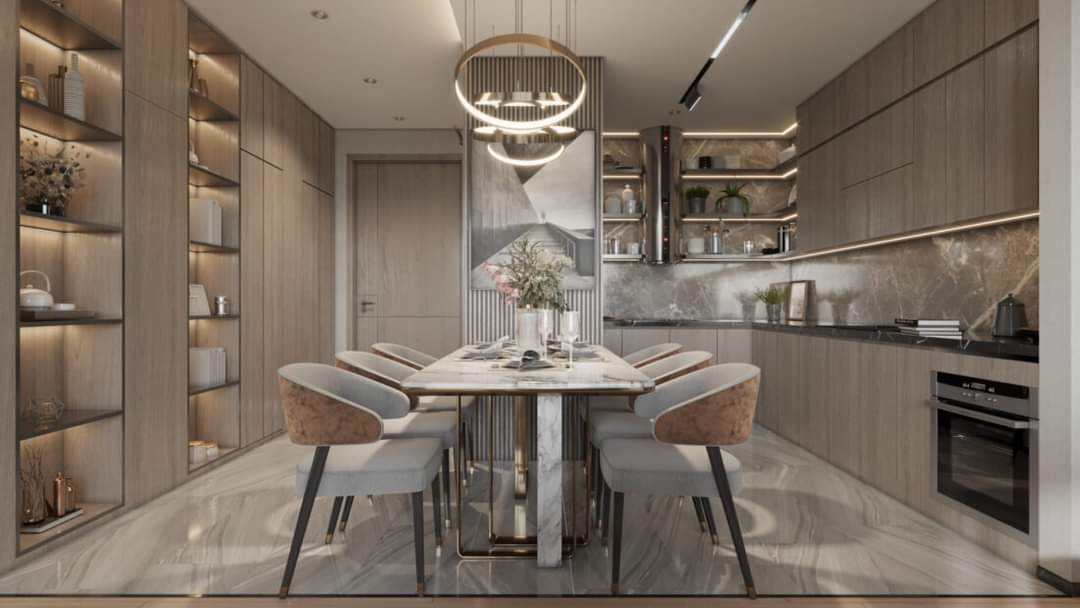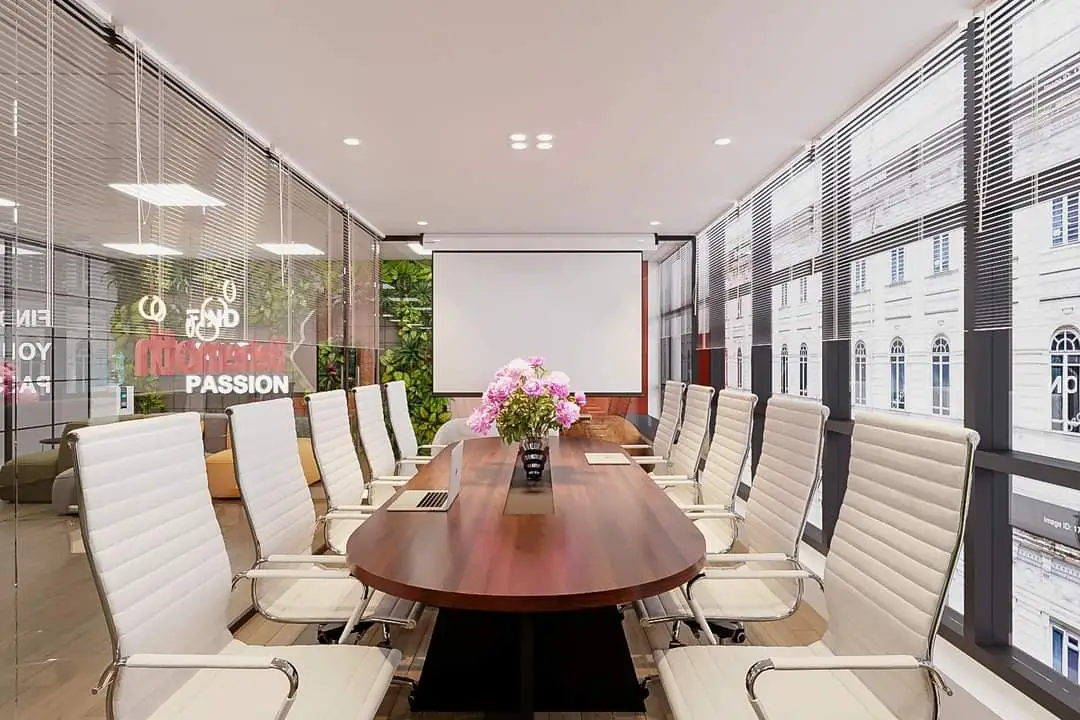
Commercial Interior Design in Bangladesh

Introduction
Bangladesh’s commercial real estate sector has experienced rapid growth over the past decade. A booming economy, rising urbanization and the expansion of industries such as IT, banking, retail and hospitality have created demand for offices, stores and restaurants that not only function efficiently but also embody each company’s personality.
As the competition for talent and customers intensifies, businesses in Dhaka, Chittagong and other cities are investing in professional interior design to transform bland spaces into inspiring workplaces and memorable customer destinations.
Why Commercial Interior Design Matters
Employee productivity and well‑being
A thoughtfully designed office is more than an aesthetic choice – it directly affects how teams perform. Studies in Bangladesh show that employees working in well‑planned offices report higher morale and productivity when layouts encourage collaboration while still offering quiet zones for focus.
Natural light and biophilic design elements (e.g., indoor plants, wood and stone) can boost mood, reduce stress and increase energy levels. Ergonomic furniture and comfortable workstations improve posture and decrease fatigue, while flexible layouts allow businesses to adapt to hybrid work patterns.
Customer experience and brand perception
For retailers and restaurants, interior design shapes the entire customer journey. Before tasting the food or browsing the products, visitors form impressions based on the entrance, lighting, colour palette and overall ambiance.
Industry experts note that decor choices evoke emotions- warm tones can feel cozy and inviting whereas cooler tones feel calming.
Clear signage and a welcoming entrance convey professionalism and help guests navigate the space, while comfortable seating encourages them to linger.
In restaurants, adding greenery or creating a “living wall” elevates the atmosphere and can reduce stress. Brand personality should be woven into every design element, from displaying the logo at multiple touch points to selecting materials that tell a local story.
Businesses that integrate their brand identity into the interior design establish a memorable presence and encourage repeat visits.
Enhanced brand identity and trust
Physical environments communicate what a company stands for. An office that uses locally sourced materials such as bamboo or rattan can reflect commitment to sustainability and cultural heritage.
Tech firms may prefer sleek, modern designs with smart boards and video conferencing systems, while law firms might select rich wood paneling and formal seating to convey trust and stability. Consistency between the brand and its environment strengthens credibility and fosters customer trust.
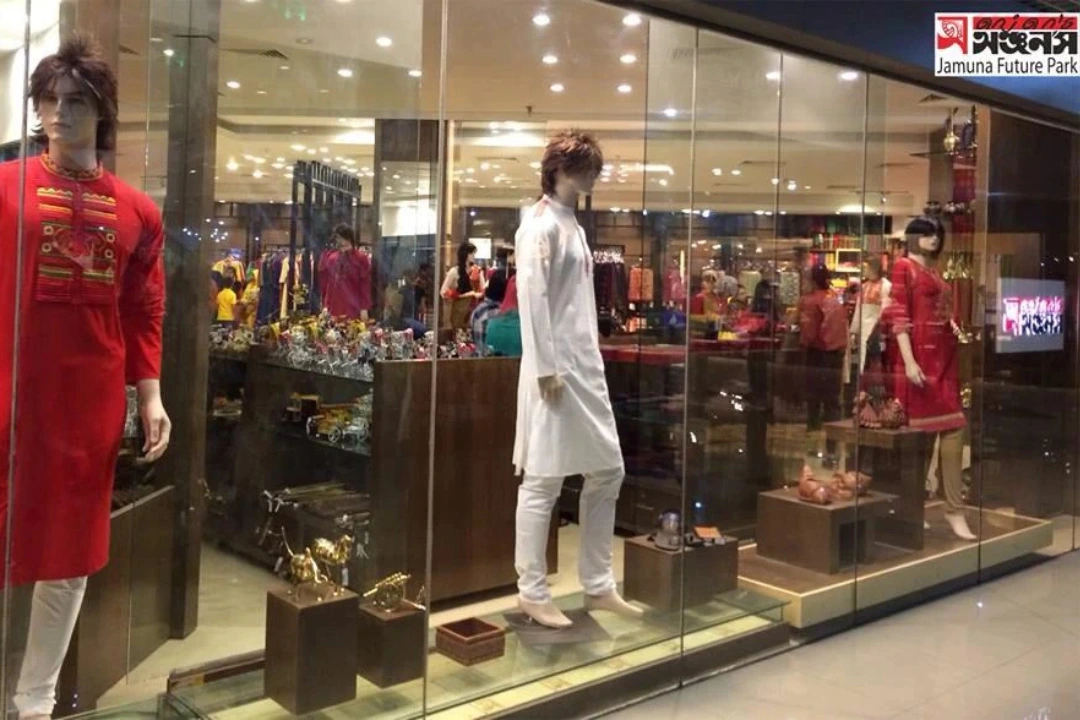
Commercial Design Trends in Bangladesh
Minimalism and Open‑plan Workspaces
Driven by rising real‑estate costs and a preference for uncluttered aesthetics, minimalism has become a dominant design language in Bangladeshi offices. Clean lines, neutral colours and multi‑functional furniture make small spaces feel larger and reduce visual distractions.
Open‑plan workspaces encourage collaboration; however, designers increasingly balance openness with private rooms or acoustic booths for focused work and confidential meetings.
Biophilic and Eco‑friendly Design
Sustainability isn’t just a buzzword- it’s a necessity. Biophilic design integrates natural elements into workplaces and retail spaces through living plants, natural light and materials like bamboo, jute and reclaimed wood.
These choices improve indoor air quality and create calming atmospheres that enhance productivity. Many businesses are also adopting energy‑efficient lighting, low‑VOC paints and smart HVAC systems to minimize their environmental impact and reduce operating costs.
Fusion of Modern and Traditional Bangladeshi Elements
Modern interiors are increasingly incorporating local art, crafts and materials to reflect Bangladeshi heritage. Designers combine sleek contemporary furniture with jute rugs, handcrafted woodwork or terracotta accents to create a distinctive sense of place.
In retail and hospitality spaces, displaying local artwork and textiles not only supports artisans but also connects customers with the brand’s cultural roots.
Technology Integration and Flexible Layouts
Smart offices are on the rise. Integrated audiovisual systems, wireless charging stations, smart lighting and temperature controls improve efficiency and user experience.
Flexible layouts with movable partitions, modular workstations and convertible meeting rooms make it easy to reconfigure spaces for different functions or team sizes. This adaptability is particularly valuable for startups and businesses embracing hybrid working models.
Industrial and Contemporary Aesthetics
Concrete finishes, exposed ceilings and metal accents are trending in creative agencies, co-working spaces and industrial‑style cafes.
These industrial elements paired with sleek modern furniture create a dynamic, urban vibe that appeals to younger audiences and tech‑savvy professionals.
Branded Environments
Businesses are treating interiors as an extension of their marketing. Logos and brand colours appear on accent walls, furniture and signage to ensure cohesive brand messaging.
Thoughtful lighting, unique artwork and custom furnishings that reflect a company’s personality create memorable environments that foster loyalty.
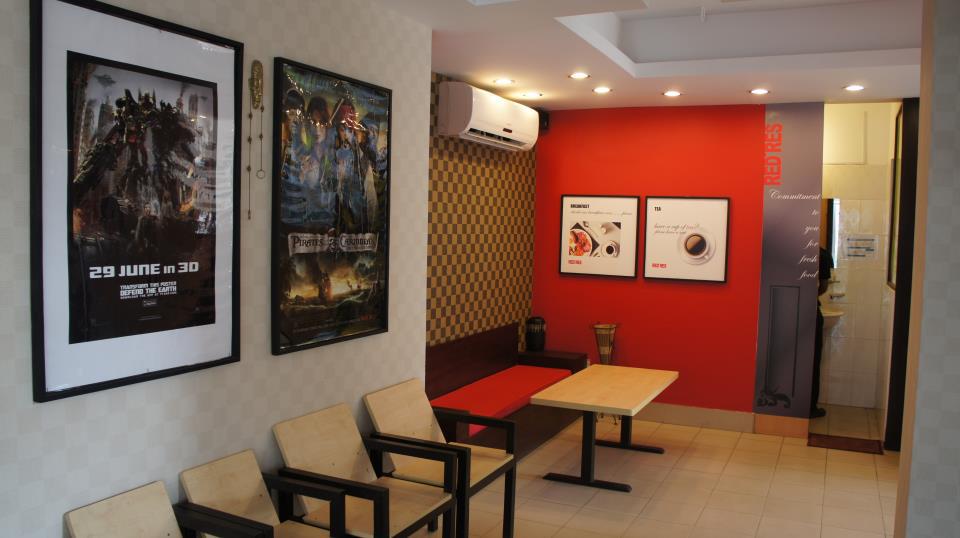
Ready to transform your office? Get in touch with the best interior firms in Bangladesh to start designing a space that aligns with your startup’s goals and culture. The right design can make all the difference!
Best Practices for Commercial Interior Design in Bangladesh
Understand Your Goals and Audience
Before selecting colour palettes or furniture, clarify your business objectives and target audience.
Are you designing a workspace to improve collaboration or a retail environment to increase dwell time? Identify your brand values and consider the needs and preferences of employees or customers.
Plan the Layout Carefully
Maximize space by combining open collaboration zones with private areas for focused work. Use multi‑functional furniture and flexible partitions to adapt to different tasks. In restaurants and retail spaces, ensure clear circulation paths and avoid “bad tables”- seats near doors or kitchens that disrupt customer comfort.
Invest in Ergonomics and Comfort
Select ergonomic chairs and adjustable desks to support health and productivity. Provide comfortable seating in waiting areas and meeting rooms. Pay attention to acoustic. Sound‑absorbing materials or partitions can minimize noise distractions.
Harness Natural Light and Layered Lighting
Maximize natural light to improve mood and reduce energy usage. Complement it with layered artificial lighting: task lighting for workstations, ambient lighting for lounges and accent lighting for displays or artwork.
In restaurants, use warm lighting to create a cozy dining atmosphere and highlight design features.
Integrate Greenery and Natural Materials
Place indoor plants in offices, shops and eateries to purify the air and bring a sense of tranquility. Use locally sourced materials like bamboo, jute or terracotta to add texture and support sustainability.
Biophilic features such as green walls or water elements can become focal points that set your business apart.
Embrace Sustainability and Technology
Choose eco‑friendly materials, energy‑efficient lighting and HVAC systems to reduce operational costs and environmental impact. Integrate technology such as video conferencing tools, smart lighting and IoT devices to enhance productivity and customer experience.
Reflect Local Culture and Brand Identity
Incorporate Bangladeshi crafts, textiles and artwork to celebrate heritage and differentiate your space. Ensure your logo and brand colours are visible but tasteful, from the reception area to menus or product displays. Consistency across touch points builds recognition and trust.
Prioritize Ventilation and Acoustics
Ensure proper HVAC design to maintain air quality and comfortable temperatures, particularly in restaurants where kitchens produce heat and odors. Use acoustic panels, curtains or carpets to control noise levels and create a pleasant atmosphere.
Design for Flexibility and Growth
Opt for modular furniture and movable walls that allow spaces to evolve with your business. Future‑proof your design by allocating areas for additional team members, equipment or new product displays without needing major renovations.
Conclusion
Bangladesh’s commercial interior design landscape is evolving quickly as businesses recognize the power of well‑designed spaces to influence productivity, customer satisfaction and brand perception.
From minimalist offices that encourage collaboration to restaurants that tell a cultural story through décor, thoughtful design choices can set your business apart. Integrating sustainability, technology and local craftsmanship not only enhances functionality and aesthetics but also signals your commitment to the environment and community.
By partnering with experienced interior designers, companies in Bangladesh can transform their spaces into inspiring environments that drive success and leave lasting impressions.
Author: Al-Amin Ifty, Design Doctors Studio @2025


